For over 5000 years, humans have enjoyed adding herbal element to their water. Green tea has the longest heritage of such practice. It`s favored for its flavor, a boost of mental clairty, and other medicinal benefits. However, it is tea`s ability to connect one another, for a moment of tranquility, that has made it a cultural habit
Today, there are over 3000 varieties of tea, and it is the second most consumed beverage after water. Much like fine wine, each unique tasting tea tells a different story. A story of the climate, the quality of the soil, and the human touch involved. From seed to its final form in a teacup—each step in its journey defines its taste, texture, aroma, and medicinal benefits.
Many connoisseurs of tea consider Japanese green tea cultivated by the Chagusaba (茶草場) method to yield some of the most exceptional tea with a memorably sweet + more bitter-free taste.
Beyond its sensory pleasures, tea has also carried deep symbolic meaning across civilisations—from serving as an offering in religious rituals to becoming a symbol of hospitality in daily life. In Japan, this cultural reverence is expressed through the traditional tea ceremony, where every movement, gesture, and sip is meant to cultivate mindfulness and respect. It is within this cultural framework that the Chagusaba method gains even more importance, as it not only produces superior flavor but also preserves a centuries-old relationship between humans, nature, and community.
What Is That Chagusaba Method?
Chagusaba is the traditional Japanese technique of cultivating the shrub Camellia Sinensis that produces tea leaves. People have been farming tea using this technique for centuries. Chagusaba (茶草場) is a Japanese word that refers to partly natural and partly man-made grassland. These grasslands are deliberately grown around the tea field and supply mulch for the shrubs. The grass mostly commonly used for Chagusaba is Japanese pampas grass (ススキ) and bamboo grass (笹). The grass is harvested in the fall, hung to dry then cut and spread over the furrows in the tea field. Though the Chagusaba method requires a lot of hard work, the tea is of such high quality that it brings in higher prices.
What makes the Chagusaba method truly remarkable is the balance it creates between agriculture and ecology. The mulch layer not only nourishes the tea shrubs but also helps retain soil moisture, regulate temperature, and suppress weeds naturally—reducing the need for chemical fertilizers or herbicides. Over time, this careful management of grasslands has created rich biodiversity, with hundreds of plant and insect species thriving in harmony with the tea fields. This symbiotic relationship ensures that the environment remains healthy while farmers continue to produce some of the finest green tea in the world.





Is The Chagusaba Method Sustainable?
Yes, the Chagusaba method is sustainable. The grasslands are mowed and burned periodically and provide food for cattle and other animals. Managing the grasslands also discourages larger plants from growing and encourages the growth of meadow plants. This includes species such as Japanese silver grass used for the mulch and the seven herbs of autumn. These are seri, nazuna, hahakogusa, hakobe, koonitabirako, kabu and daikon.
Additionally, the Chagusaba method is also heavily intertwined with traditional Japanese culture. The flowers from the grassland called chabana are used to decorate a room during the traditional Japanese tea ceremony.
Beyond ecological balance, the Chagusaba method also supports long-term agricultural resilience. Because the mulch enriches the soil with organic matter, farmers can cultivate tea on the same land for generations without exhausting its fertility. This reduces dependency on chemical fertilizers and helps combat soil erosion, while the controlled burning of grasslands returns valuable minerals back to the earth. In many ways, Chagusaba represents a model of circular farming—where nothing is wasted, and every element, from grass to tea leaf, plays a role in sustaining both the ecosystem and the community that depends on it.
Shizuoka Prefecture, The Capital Of Tea
These Chagusaba grasslands are found mostly in Japan's Shizuoka Prefecture near Mount Fuji and the Pacific Ocean. This prefecture is known as the Capital of Tea because of the abundance of the tea produced there. There is a Tea Museum there that has beautiful views of Mount Fuji. Many attribute the perfect climate, environment, and soil as the key elements that help the tea to grow so abundantly here.
Shizuoka’s reputation as the “Capital of Tea” is tied to its fertile soil and climate and its long history of craftsmanship. Tea cultivation in this region dates back to the 13th century, when Zen monks first introduced seeds from China. Over time, generations of farmers refined their techniques, with many families passing down their tea fields for hundreds of years. Today, Shizuoka is home to countless small farms and cooperatives where traditional hand-picking methods and modern innovations coexist. This blend of heritage and progress ensures that Shizuoka tea remains globally recognized for its consistency, sweetness, and vibrant green color.


Interesting Facts
- About 43% of all the tea in Japan comes from Shizuoka.
- 78% of the farmers in this prefecture are tea farmers.
- Many farmers co-own tea factories & form cooperatives to help process their tea.
- Mount Fuji last erupted in 1707, which gifted the surrounding soil extra minerals & nutrients.
Globally Important Agricultural Heritage System
In 2013, the Chagusaba method practiced in Shizuoka was designated a Globally Important Agricultural Heritage System by the United Nations Food and Agriculture Organization. Unfortunately, the Chagusaba technique is falling out of favor with Japanese tea farmers, even though it is sustainable. It is simply less labor-intensive to use highly mechanized procedures to process tea. Yet, organizations such as the UNFAO hope that more and more farmers around the world think of adopting the Chagusaba method for cultivating tea.
This recognition by the UNFAO places the Chagusaba method in the same league as other world-renowned heritage farming systems that balance productivity with environmental stewardship. It highlights not only the agricultural value of the practice but also its cultural importance in preserving traditional knowledge and biodiversity. By safeguarding these landscapes, the designation serves as a reminder that farming methods are more than just means of food production—they are living traditions that connect people to their history, environment, and future generations.


The Extensive Journey To Discover The Best Soil Elements
Resulting In Phenomenal Discoveries
Cultivating exceptional tea is as much an art form as it is a science. For over 15 years, we have been doing collaborative research with Shizouku University. With the goal to understand the best soil composition for exceptional tea leaves.
This long-term research has involved carefully observing how subtle differences in soil nutrition, mineral balance, and organic matter directly influence the taste, aroma, and health benefits of the tea leaves. By combining traditional farming wisdom with modern soil science, the studies aim to uncover why certain tea fields consistently produce sweeter, smoother, and more vibrant brews. The journey has revealed that even the smallest changes underground can create noticeable transformations in the cup, showing just how delicate and interconnected the art of tea cultivation truly is.
Our Method
- We put different elements into the soil for 1 year.
- After a year, we examine the health of the tea plant.
- We record the difference in the tea profile that each element causes.
- We change the component into the dirt to see what works better.
What Rose Above All the Other Elements?
Sugar cane. Its unique properties created a domino effect of different benefits. From better soil nutrients to better growth environments. Most notably the sugar cane in the soil helped the tea leaves taste less bitter and astringent. In turn, it helps make the tea naturally sweeter, and smoother. Which is a truly exceptional achievement.
The reason sugar cane proved so effective lies in its slow decomposition process, which steadily releases organic matter and natural sugars back into the soil. This not only nourishes beneficial microorganisms but also improves soil structure, allowing roots to absorb water and nutrients more efficiently. Over time, the enriched soil ecosystem creates a stable environment where tea plants can thrive with less stress, leading to leaves that carry a more refined sweetness and a softer mouthfeel. In essence, sugar cane doesn’t just feed the plant—it transforms the entire growing environment into one that naturally enhances flavor and quality.
Key Benefits Of Sugar Cane Mulch
- Boosts water retention in the soil.
- Provides extra nutrients that enhance the taste & the bouquet of the green tea.
- Keeps the soil warm & locks in moisture, in turn discouraging the growth of weeds.
- It helps prevent the soil & fertilizers from being washed away.
- It inhibits fertilizer from burning the roots of the tea plant.
- Encourages the growth of beneficial soil microbes that support healthy root systems.
- Improves soil aeration, allowing roots to breathe and absorb nutrients more effectively.
- Reduces soil compaction, making it easier for tea plants to establish stronger root networks.
- Extends the longevity of soil fertility, ensuring sustainable tea production over time.
- Provides a natural, biodegradable mulch option that aligns with eco-friendly farming practices.
The addition of other key elements that succeeded at enhancing the soil is chaff, rice bran, rapeseed meal, and beneficial bacteria. Each one improved the soil nutrients, aiding plant health and growth.



What Else Makes Shizuoka Tea So Special?
The climate of Shizuoka Prefecture is perfect for the production of green tea. The temperatures are mild, and the area gets plenty of rain. The camellia plant produces its leaves four times a year from early spring to late fall then goes dormant. There are seven tea-growing regions in Shizuoka, and the tea of each region is subtly different.
Though there are now machines that pick the leaves of the tea plant, high-quality tea is still picked by hand. Only the top two leaves of the plant are plucked. In some farms, this takes 25 to 30 workers every year, and they pluck only about a quarter of an acre every day.
Another factor that sets Shizuoka tea apart is the dedication to preserving artisanal processing methods. Once hand-plucked, the tender leaves are quickly steamed to lock in their bright green color and fresh, grassy aroma. This steaming step—unique to Japanese green tea—distinguishes it from Chinese teas, which are often pan-fired. Local farmers also emphasize careful rolling and drying techniques that shape the leaves and enhance their natural sweetness. Combined with the region’s mineral-rich soil from centuries of volcanic activity, these practices ensure that every cup of Shizuoka tea reflects both the purity of its environment and the mastery of generations of tea growers.
Can The Method Be Used Outside Of Japan?
Yes. However, farmers who embrace the Chagusaba method must adapt it to the soil and climate of the farms where they work with. For example, the method is being considered around the Chesapeake Bay area, which is found off the coasts of Maryland and Virginia in the United States.
The bay is a fishing hotspot renowned for it’s blue crab—which is a favorite in Maryland restaurants. It has been deteriorating due to nitrogen run-off. This run-off is the result of adding fertilizer to farms hundreds of miles upstream of the bay itself. Some environmentalists believe that if these farmers used their own version of the Chagusaba method it would support the health and productivity of both the farms and the bay.
After the leaves are plucked, they are withered. This reduces the amount of water in the tea to make it more supple. When the leaves are withered, they undergo shaping. They are then put through one of four processes. The leaves can be steamed, which gives green tea its classic "grassy" taste and its grassy color. They can be baked or dried in the sun. Finally, they are dried in ovens after the PPO enzyme has been completely eliminated. During this process, the leaves are warmed and left to cool until the water content is under 5 percent.
Beyond the Chesapeake Bay example, agricultural researchers are exploring how the Chagusaba approach could be modified for diverse environments such as vineyards in Europe, tea estates in Africa, and coffee plantations in South America. The core principle—using locally available grasses or organic matter as mulch—can be adapted to match regional ecosystems. By doing so, farmers can reduce fertilizer runoff, restore soil health, and promote biodiversity while enhancing the flavor profile of their crops. This adaptability shows that the Chagusaba method is not limited to Japanese tea alone but can inspire a new wave of sustainable farming practices worldwide.
Can The Chagusaba Method Last?
The ancient Chagusaba method of using grass and other meadow plants from a semi-natural grassland to mulch tea plants is both environmentally friendly and helps create a unique green tea. Though the method is being replaced by mechanization in many places, environmentalists hope that more farmers from around the world will embrace it.
Conclusion
The ancient Chagusaba method is more than just a way of cultivating tea—it is a living tradition that blends sustainability, culture, and craftsmanship. From the carefully managed grasslands of Shizuoka to modern soil research that introduces innovations like sugar cane mulch, this practice demonstrates how respect for nature and dedication to quality can create teas that are sweeter, smoother, and truly exceptional. Though mechanization threatens its survival, the recognition of Chagusaba as a Globally Important Agricultural Heritage System reminds us of its value not only to Japan but to sustainable farming worldwide. Supporting and preserving such methods ensures that every cup of green tea carries with it not just flavor, but also a story of harmony between people and the environment.
Watch Video About Our Farm
This is a presentation I recorded during the International Tea Festival in 2020 showing the video of our farms and explaining the sugarcane soil.
Get Free Bonus Books

Sign up for free to the Green Tea Club to get advice and exclusive articles about how to choose Japanese Tea, and tips, tricks, and recipes for enjoying Japanese tea.
About the author
Kei Nishida
Author, CEO Dream of Japan
Certification: PMP, BS in Computer Science
Education: Western Washington University
Kei Nishida is a passionate Japanese green tea connoisseur, writer, and the founder and CEO of Japanese Green Tea Co., a Dream of Japan Company.
Driven by a deep desire to share the rich flavors of his homeland, he established the only company that sources premium tea grown in nutrient-rich sugarcane soil—earning multiple Global Tea Champion awards.
Expanding his mission of introducing Japan’s finest to the world, Kei pioneered the launch of the first-ever Sumiyaki charcoal-roasted coffee through Japanese Coffee Co. He also brought the artistry of traditional Japanese craftsmanship to the global market by making katana-style handmade knives—crafted by a renowned katana maker—available outside Japan for the first time through Japanese Knife Co.
Kei’s journey continues as he uncovers and shares Japan’s hidden treasures with the world.
Learn more about Kei

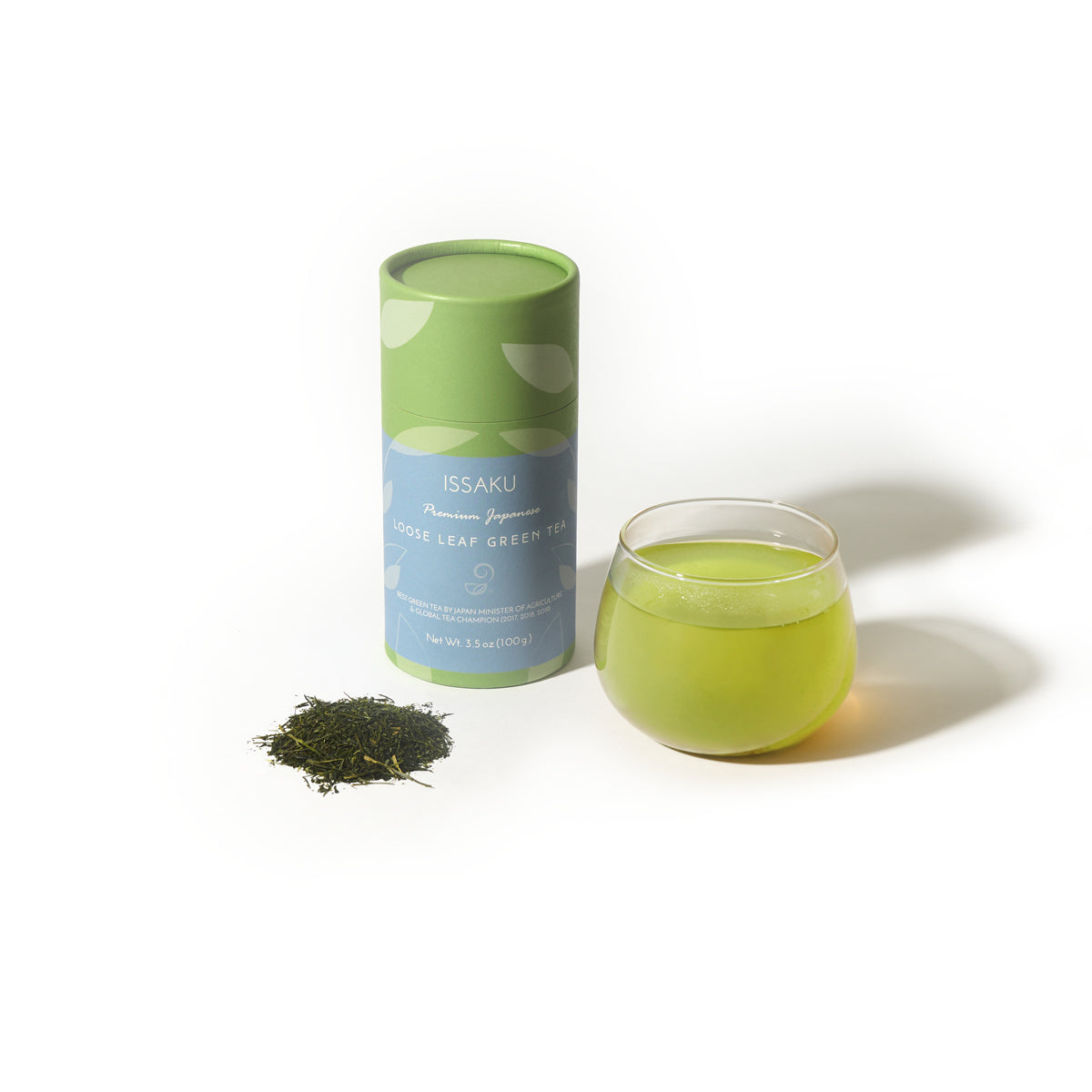
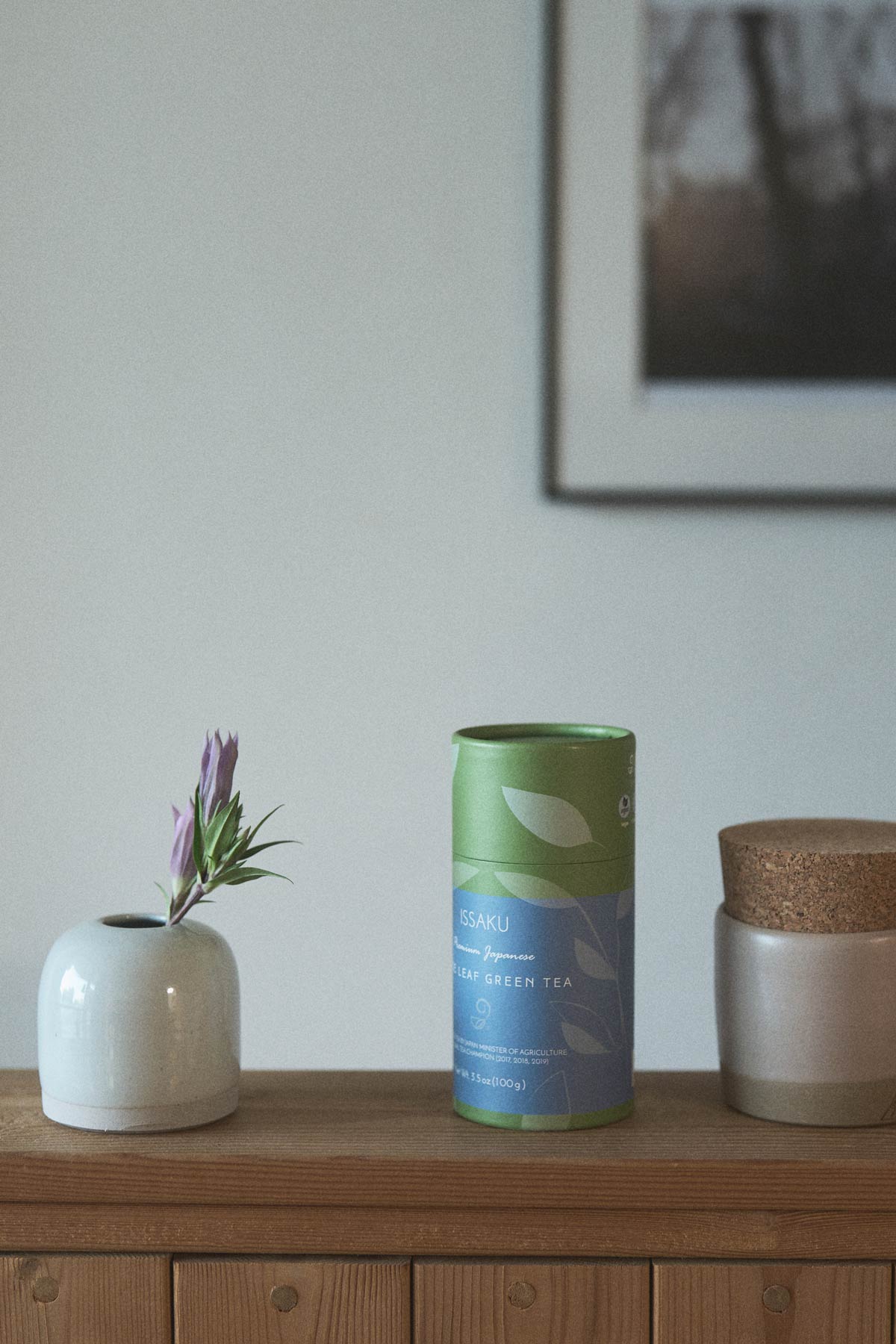
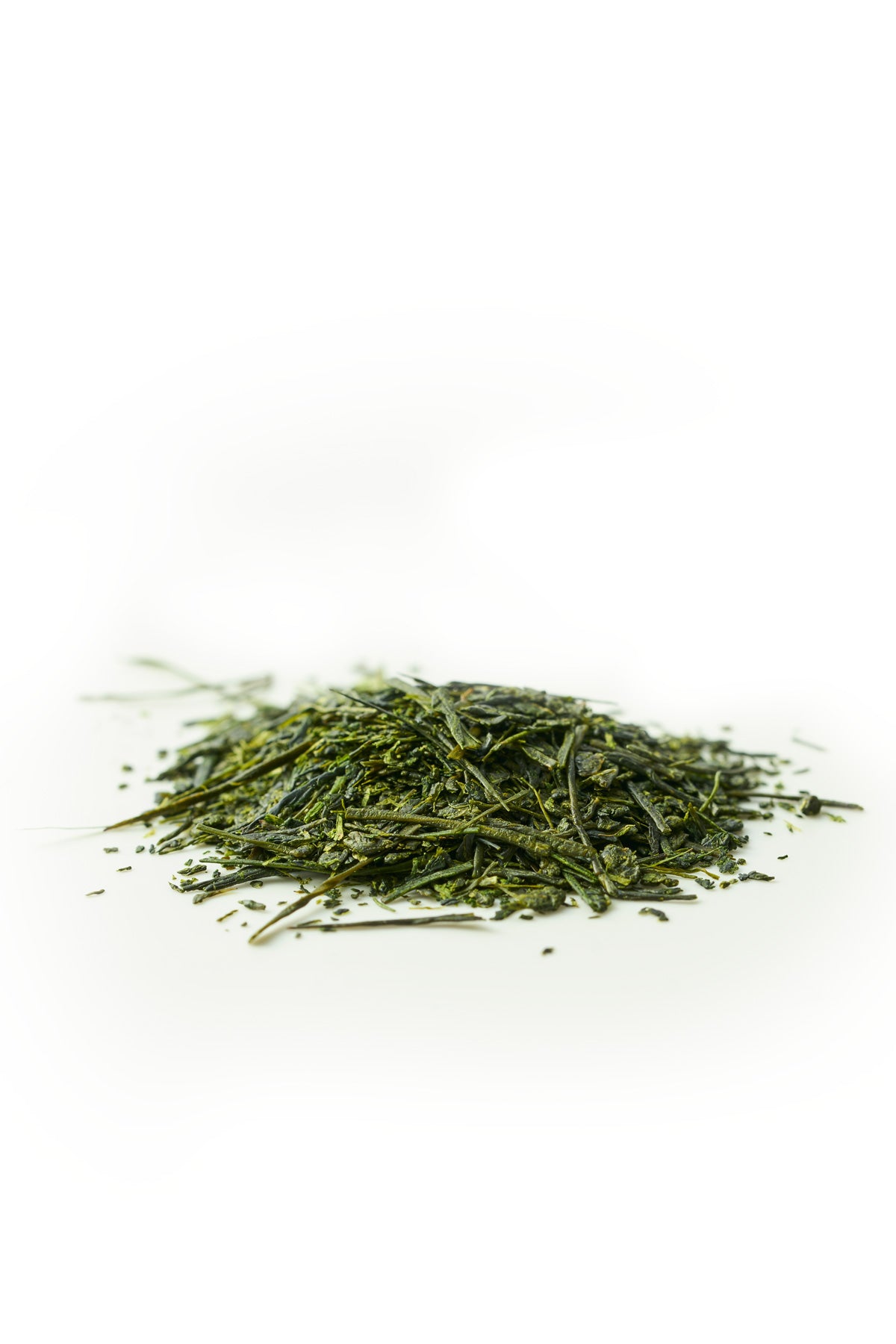
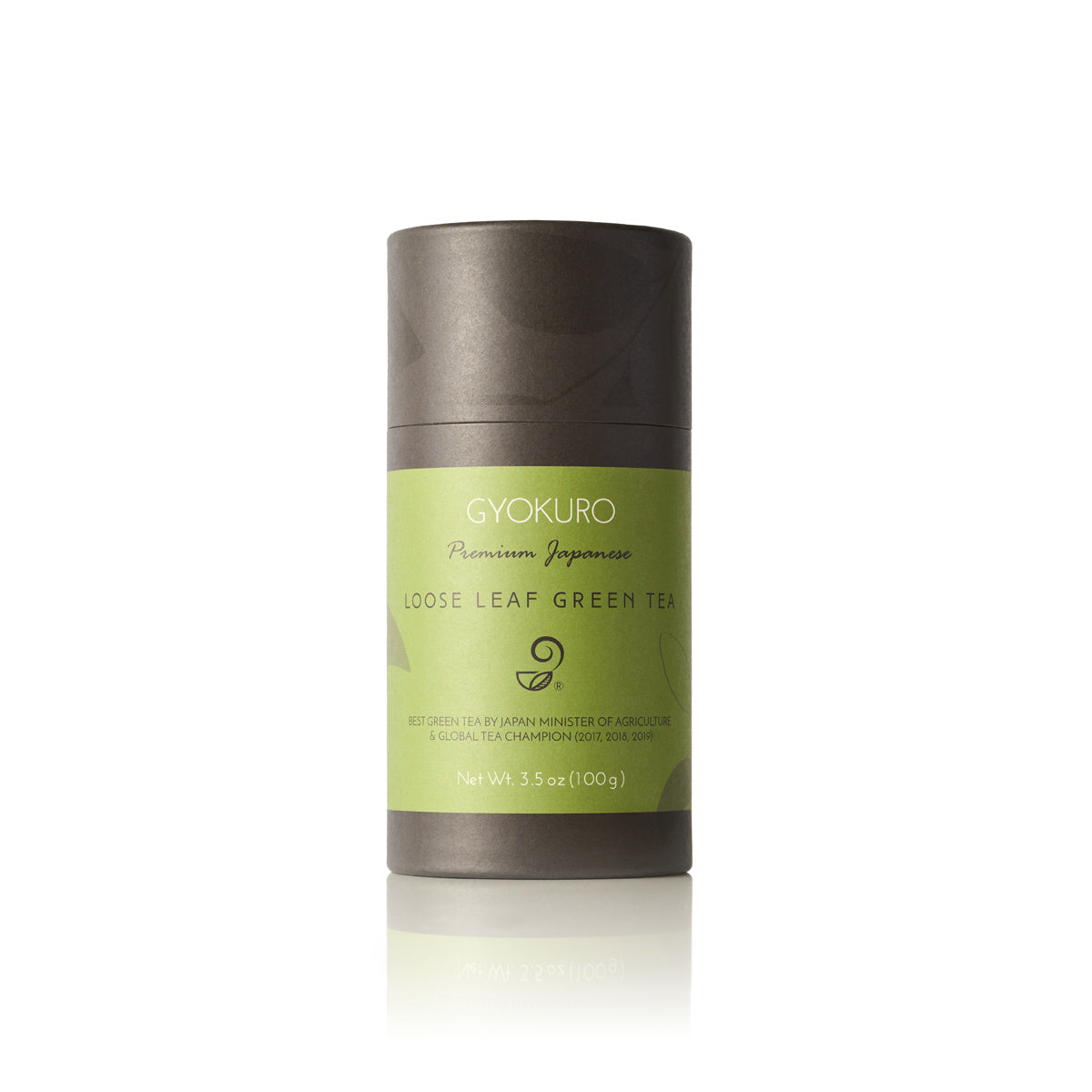
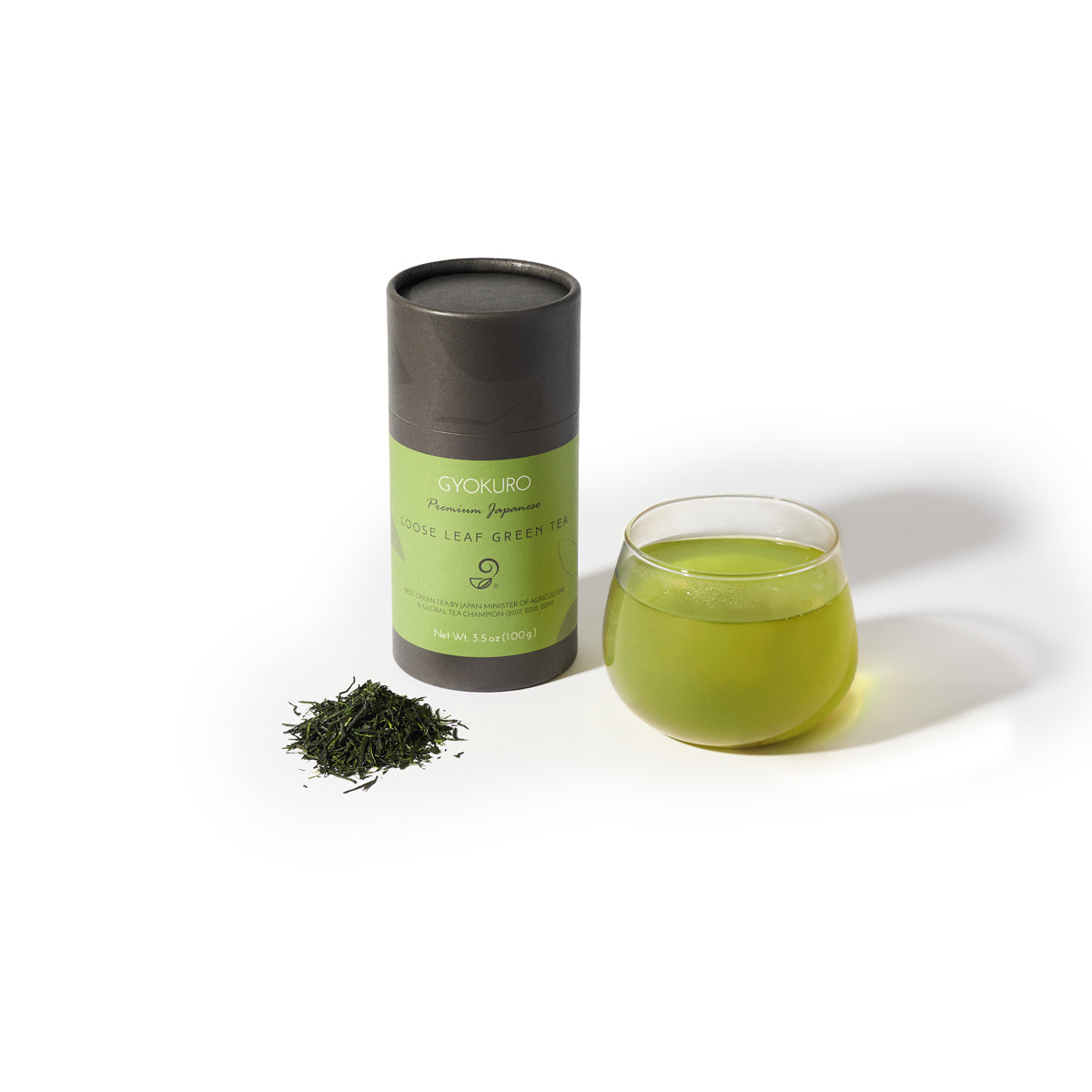
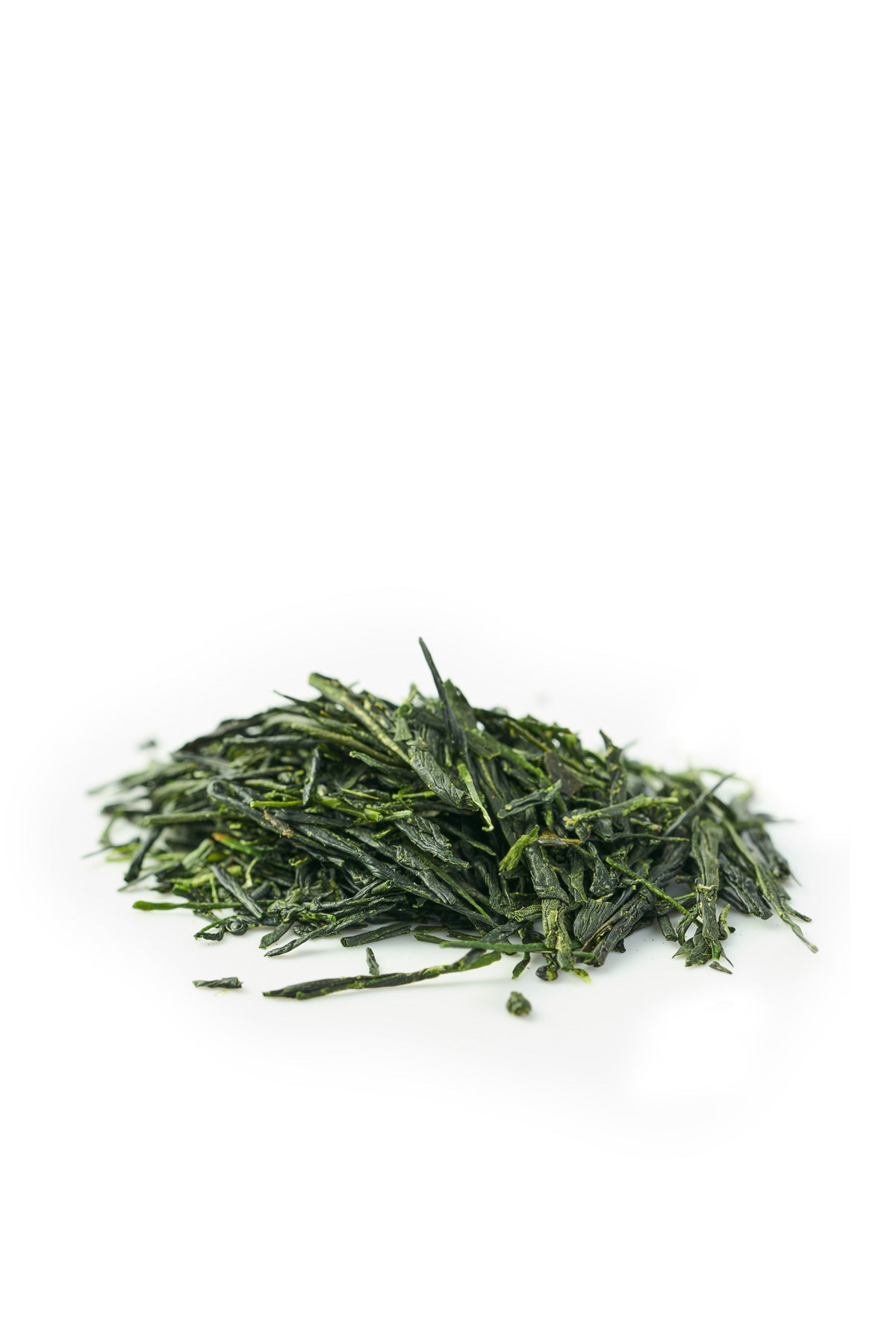
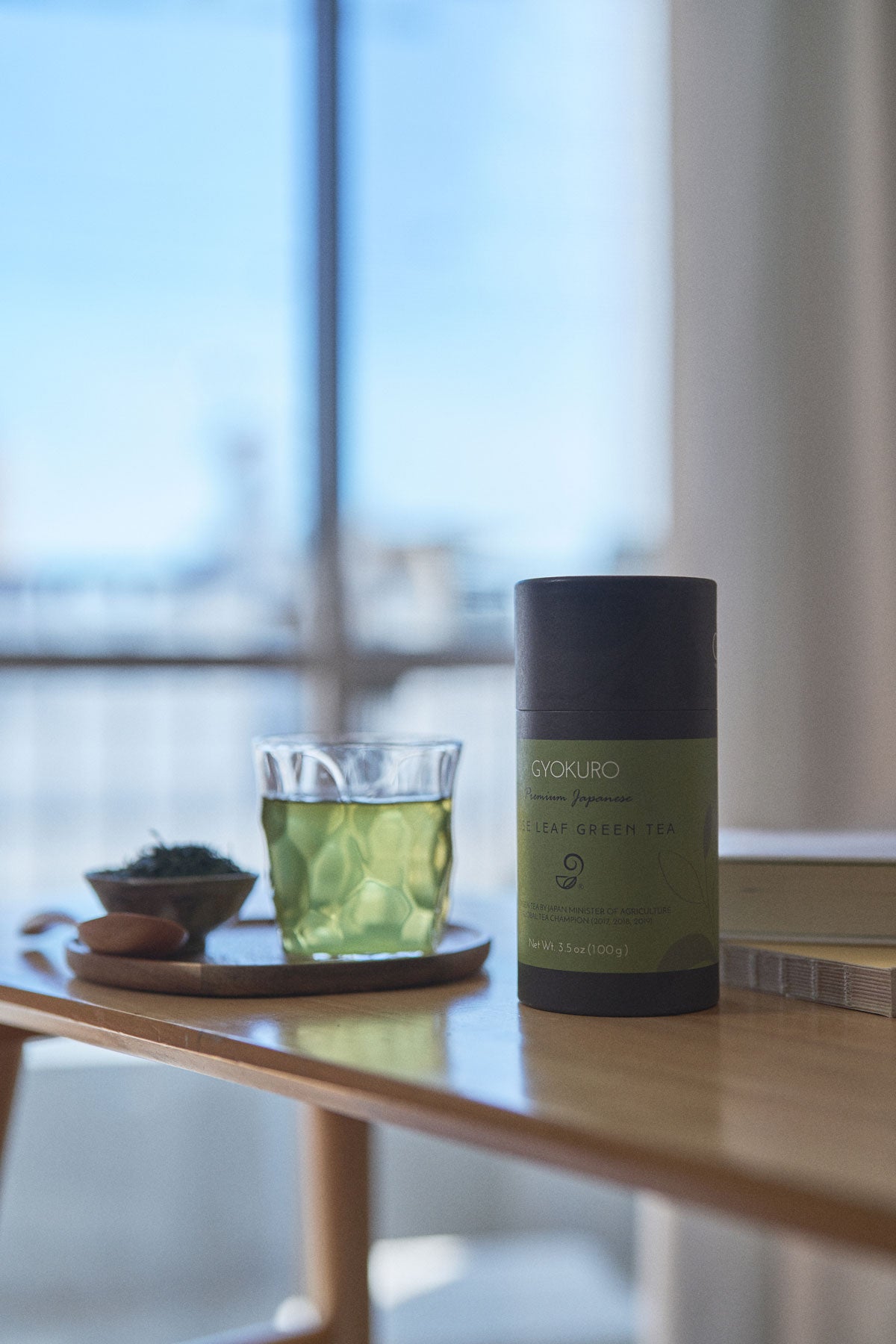
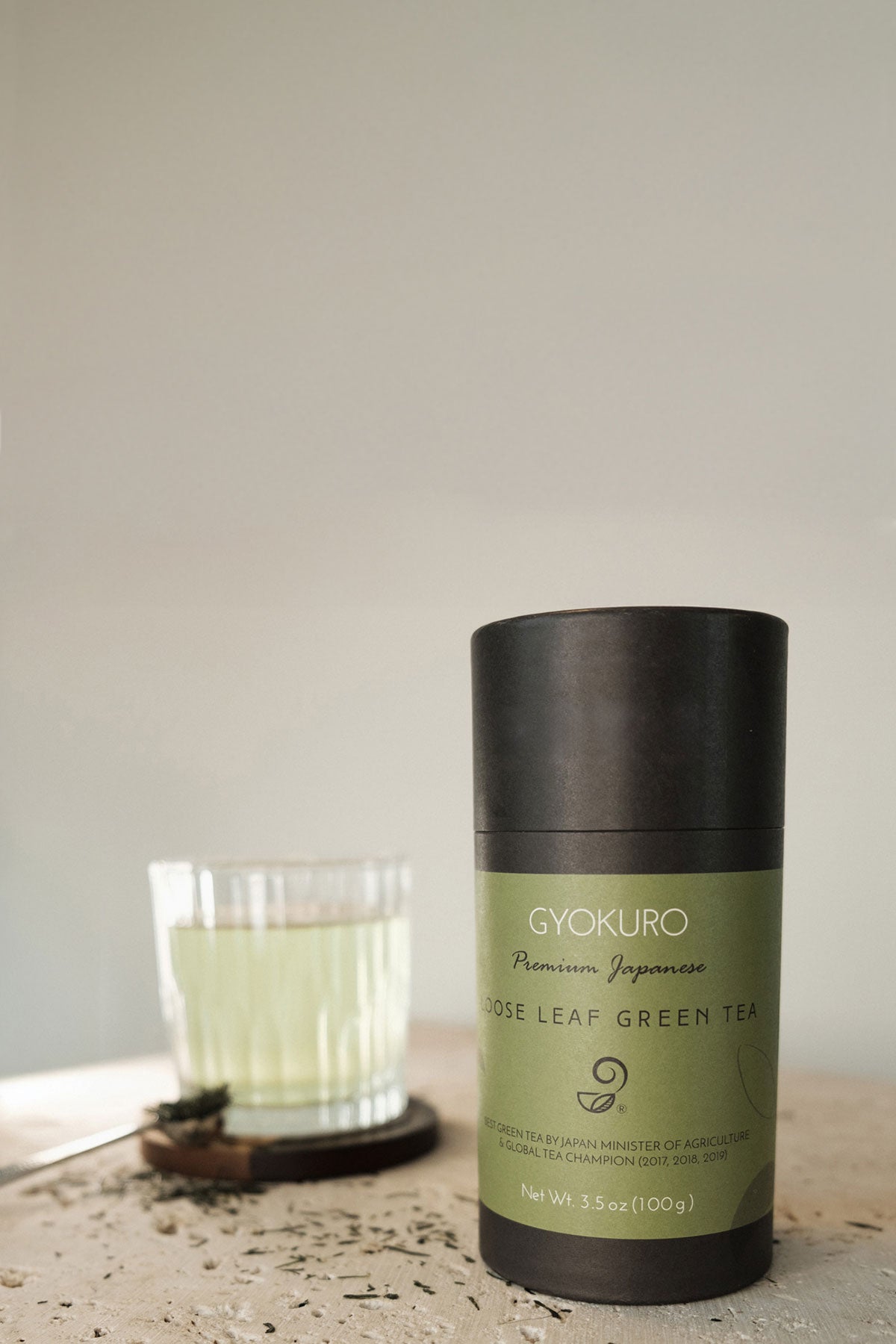
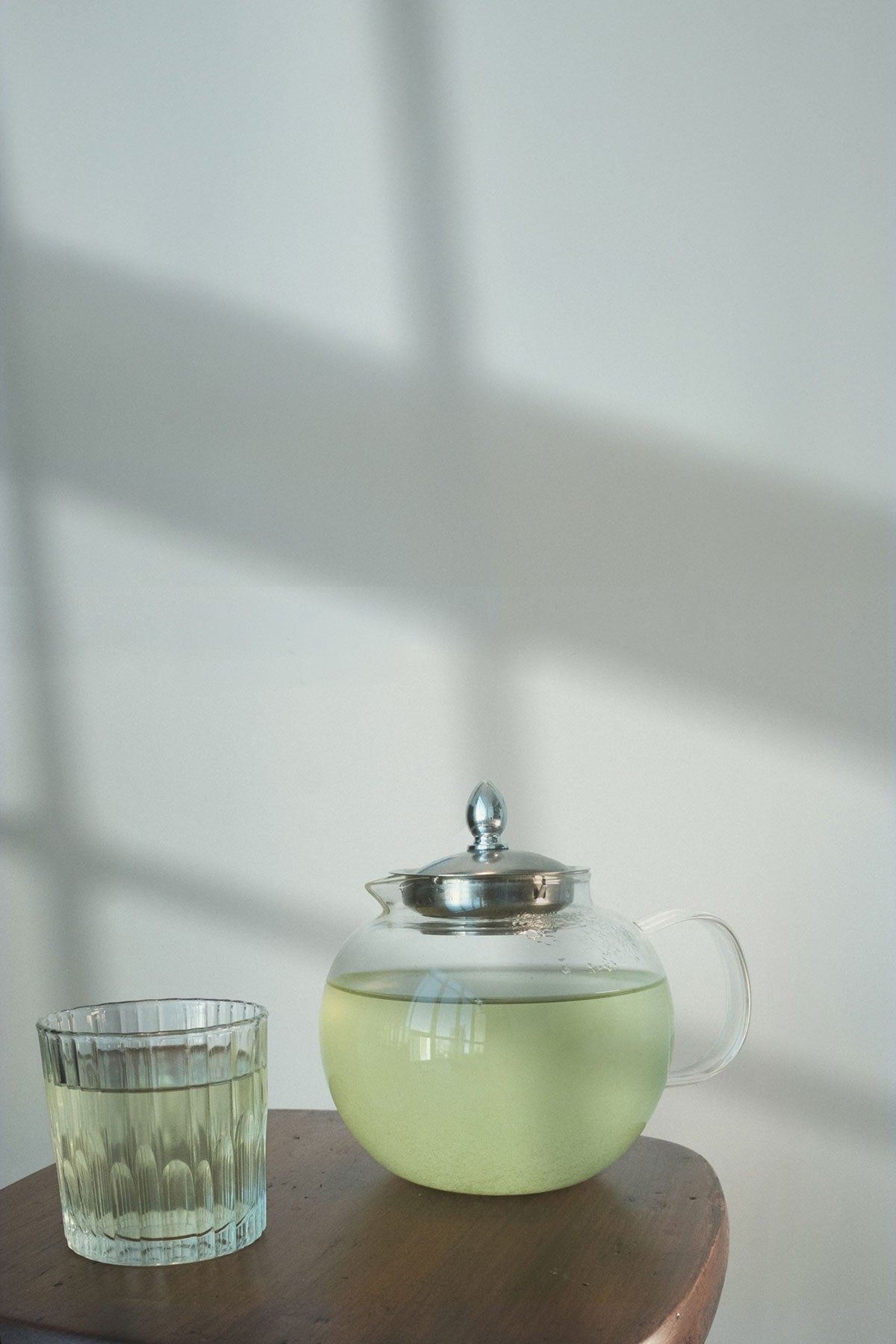
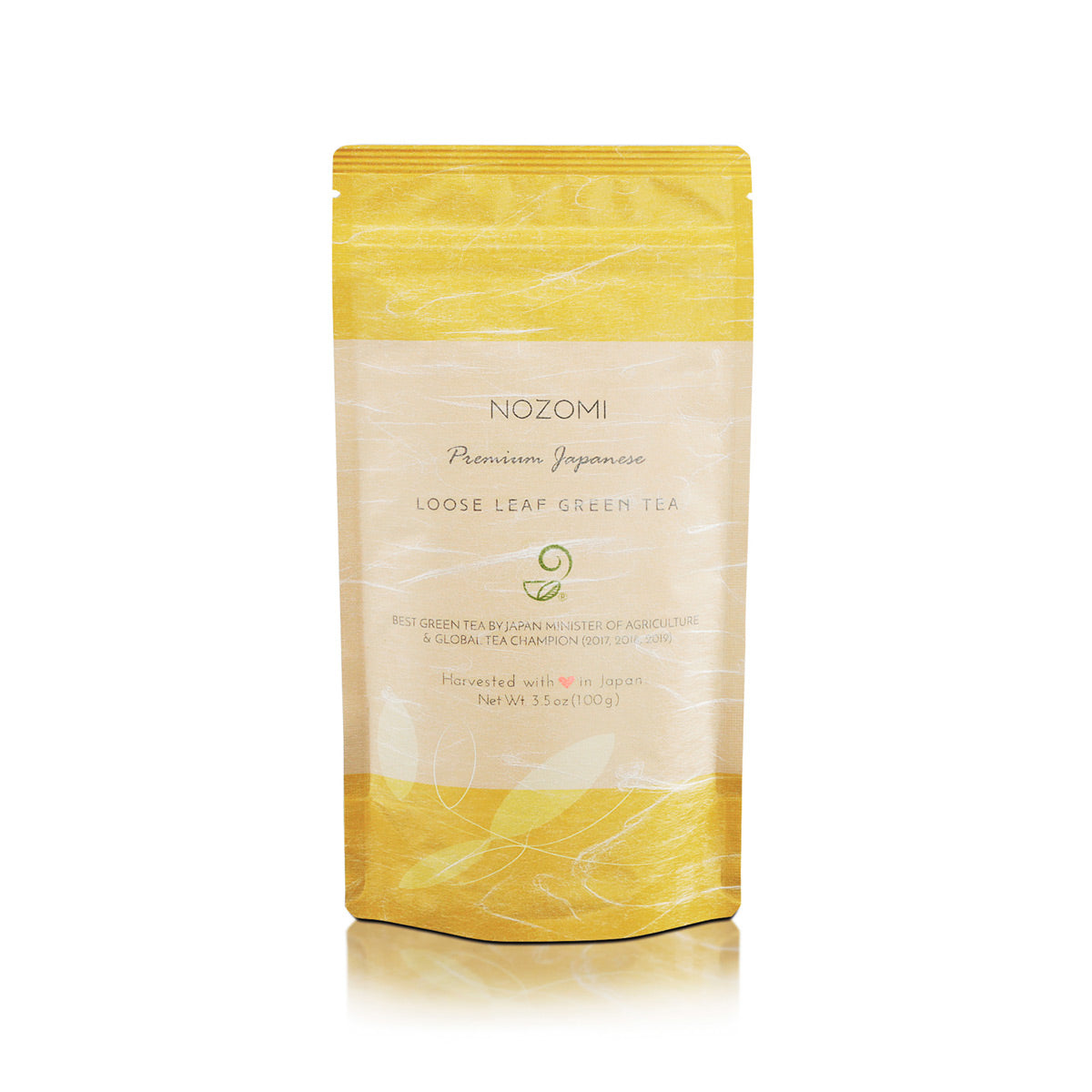
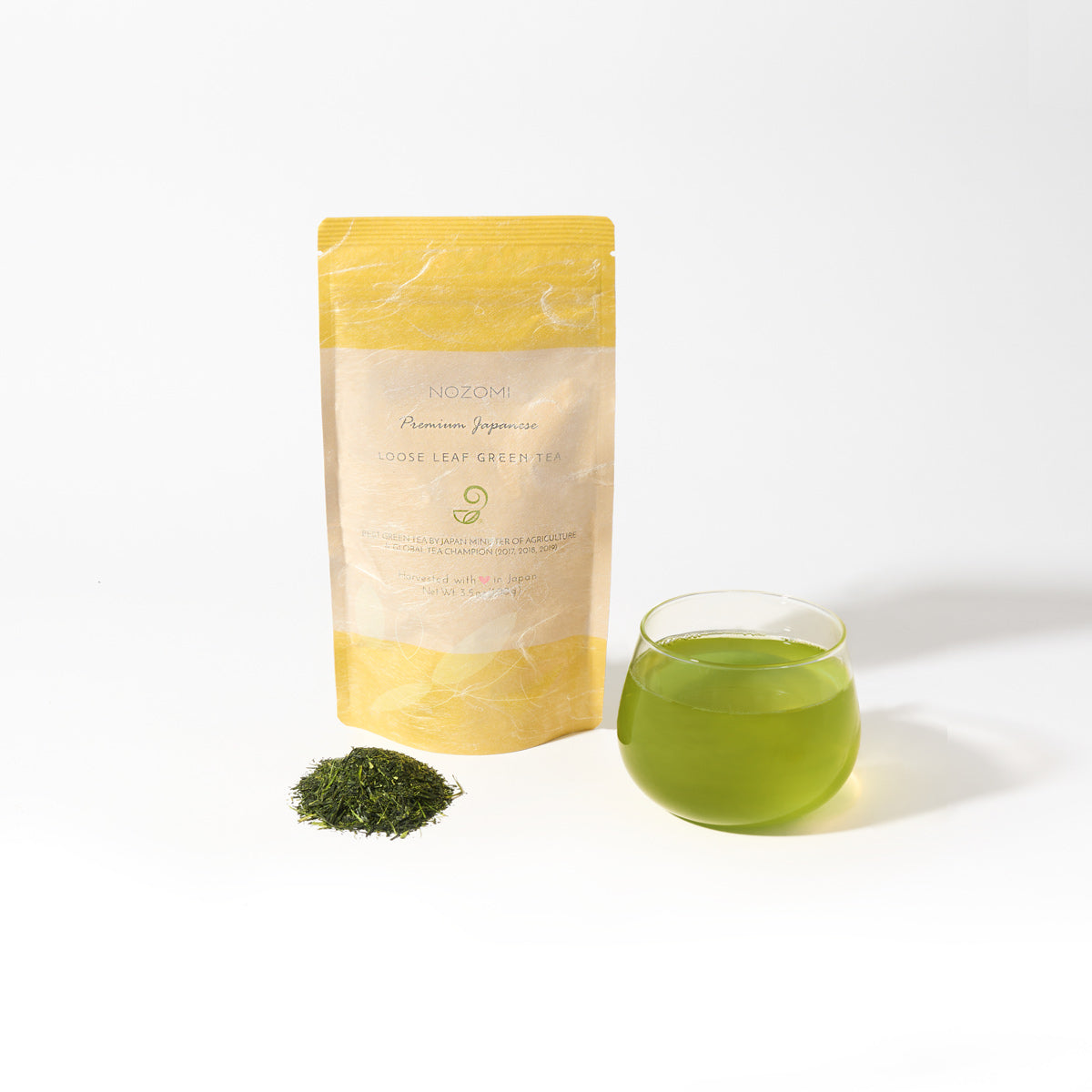
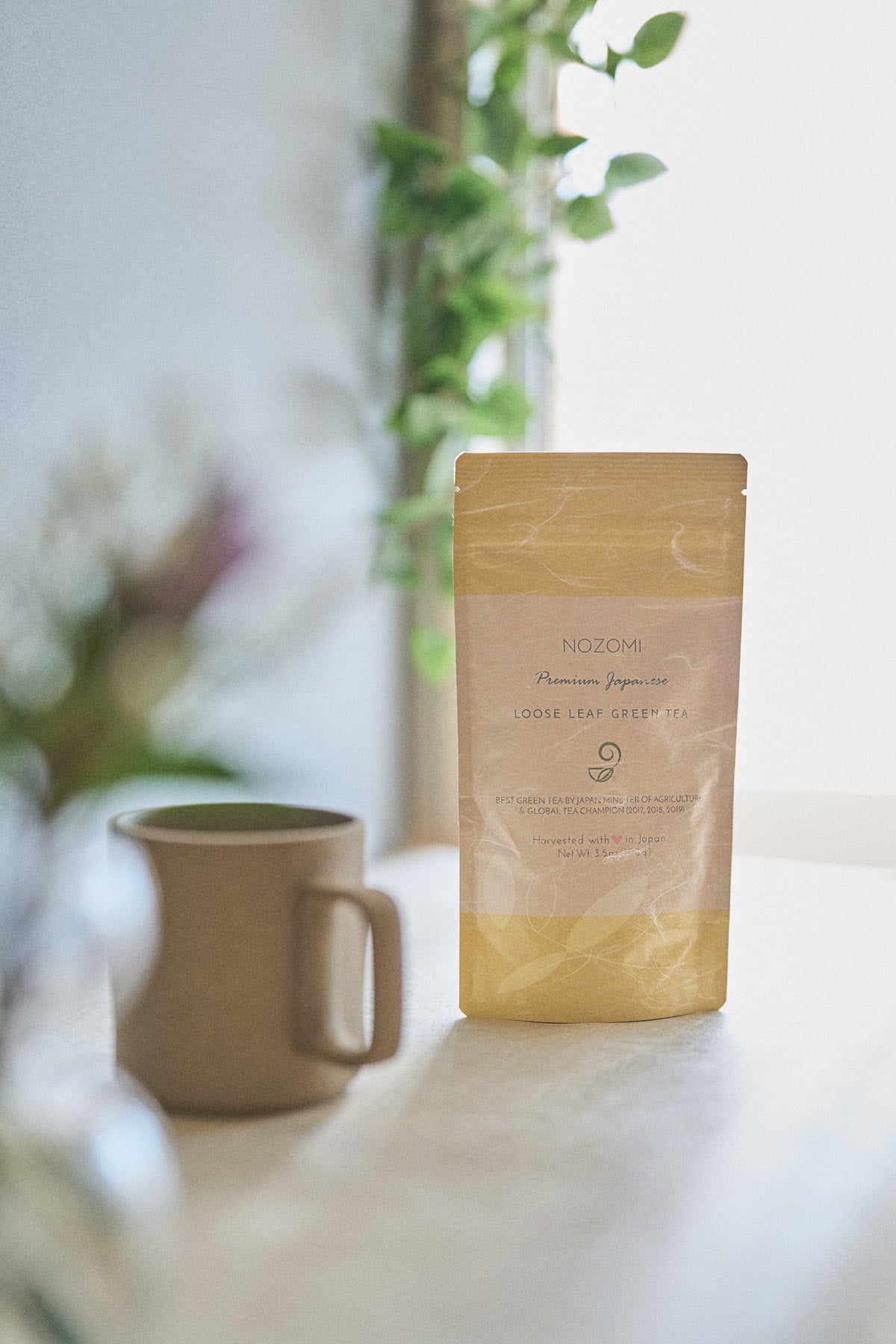
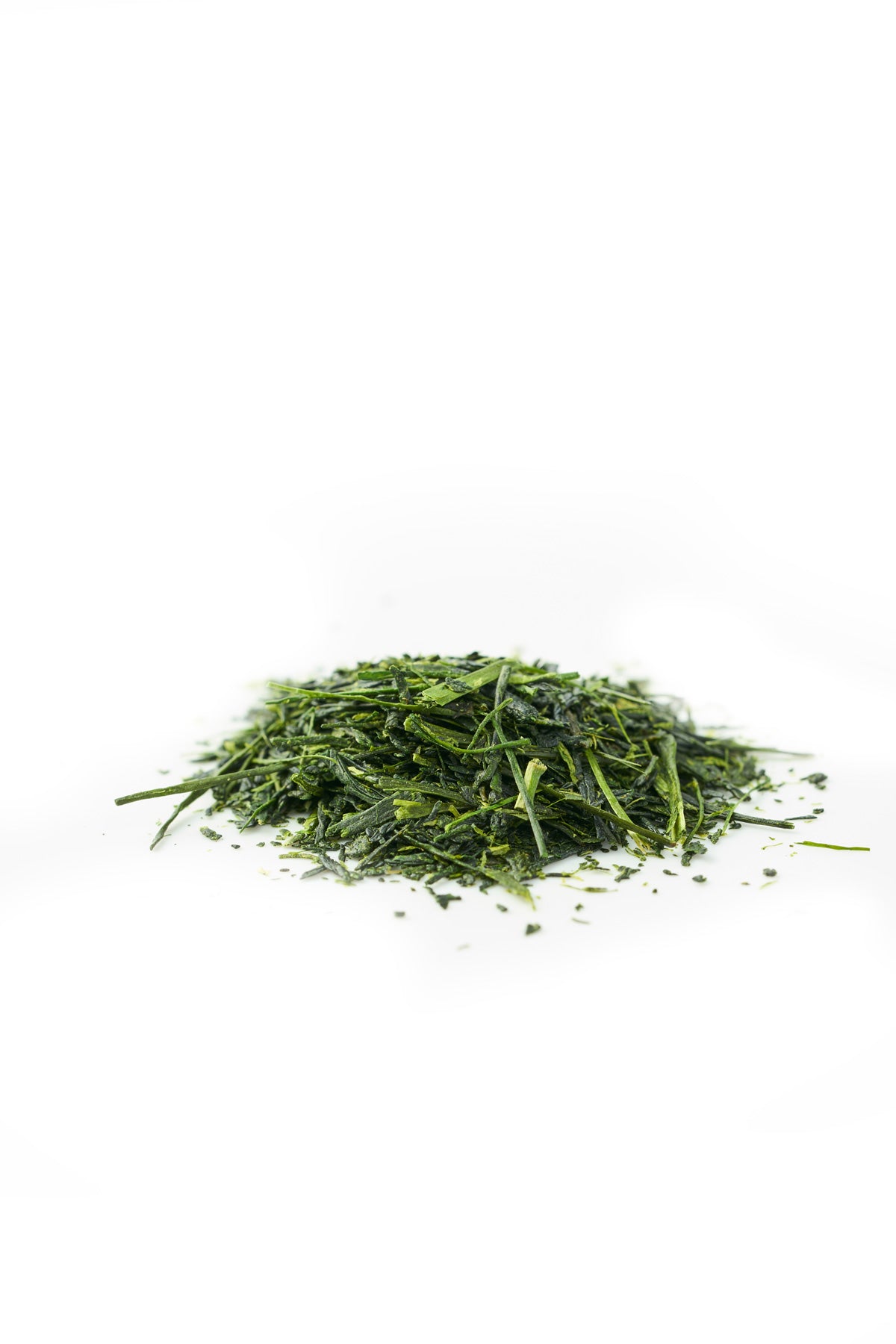
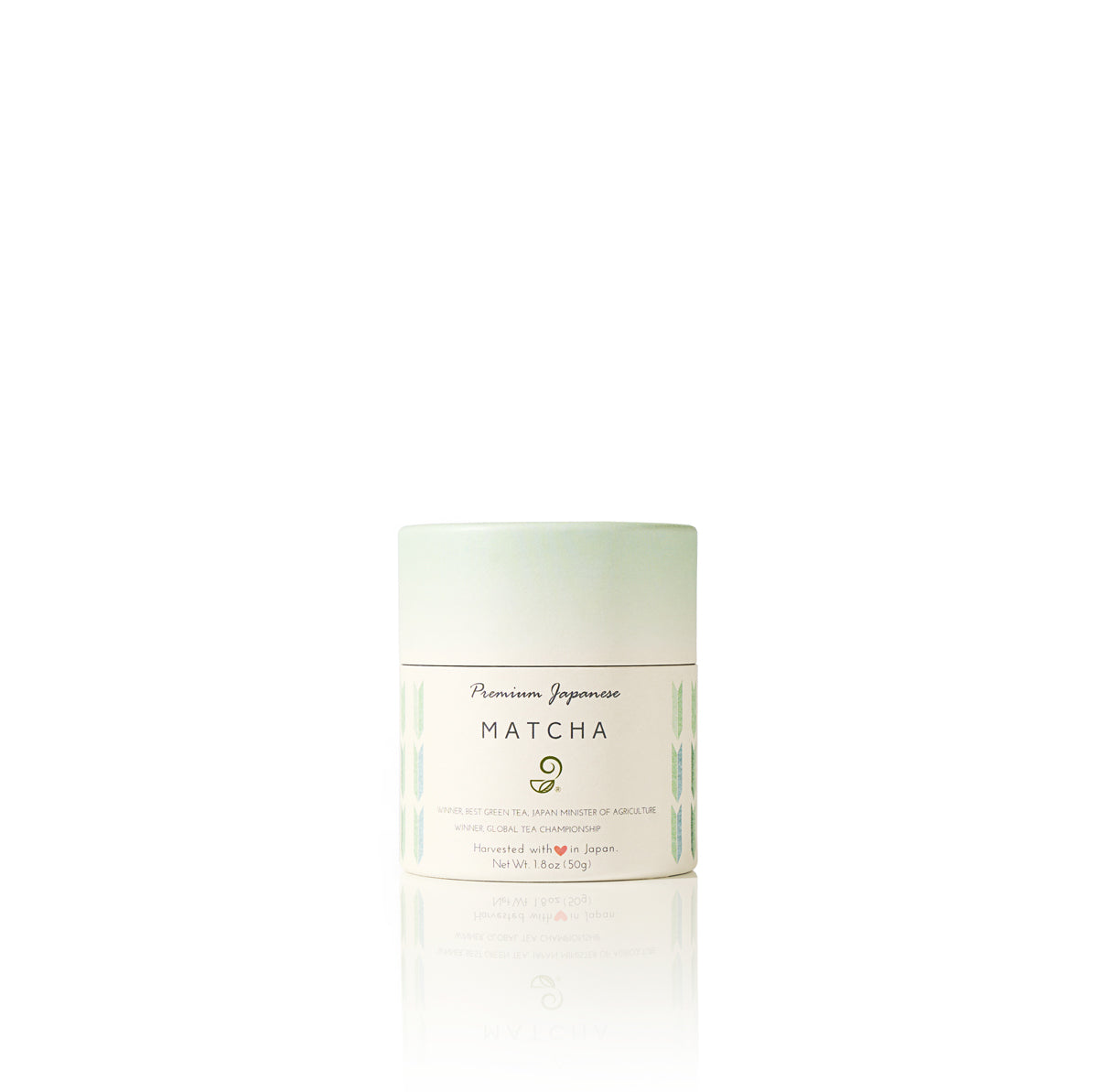
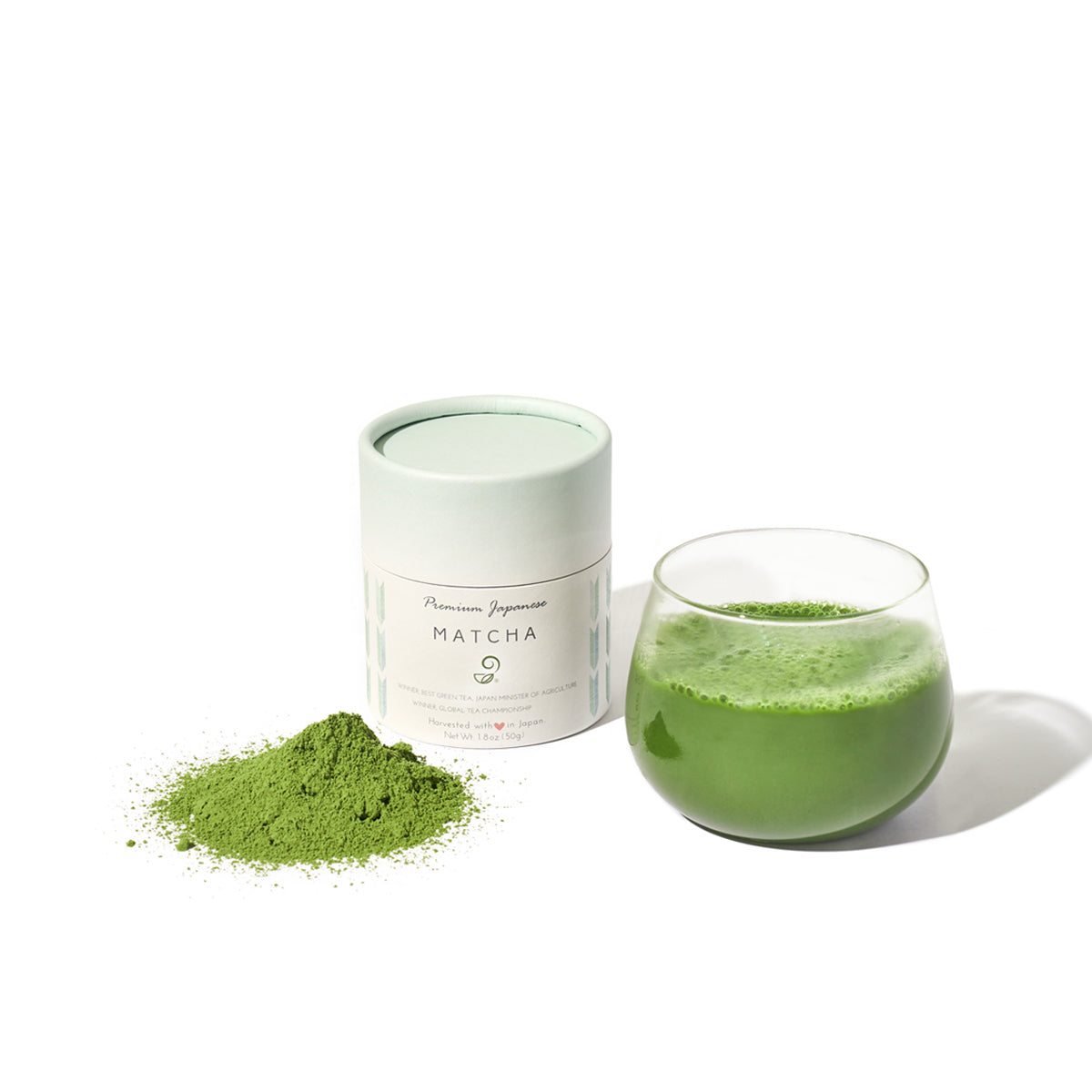
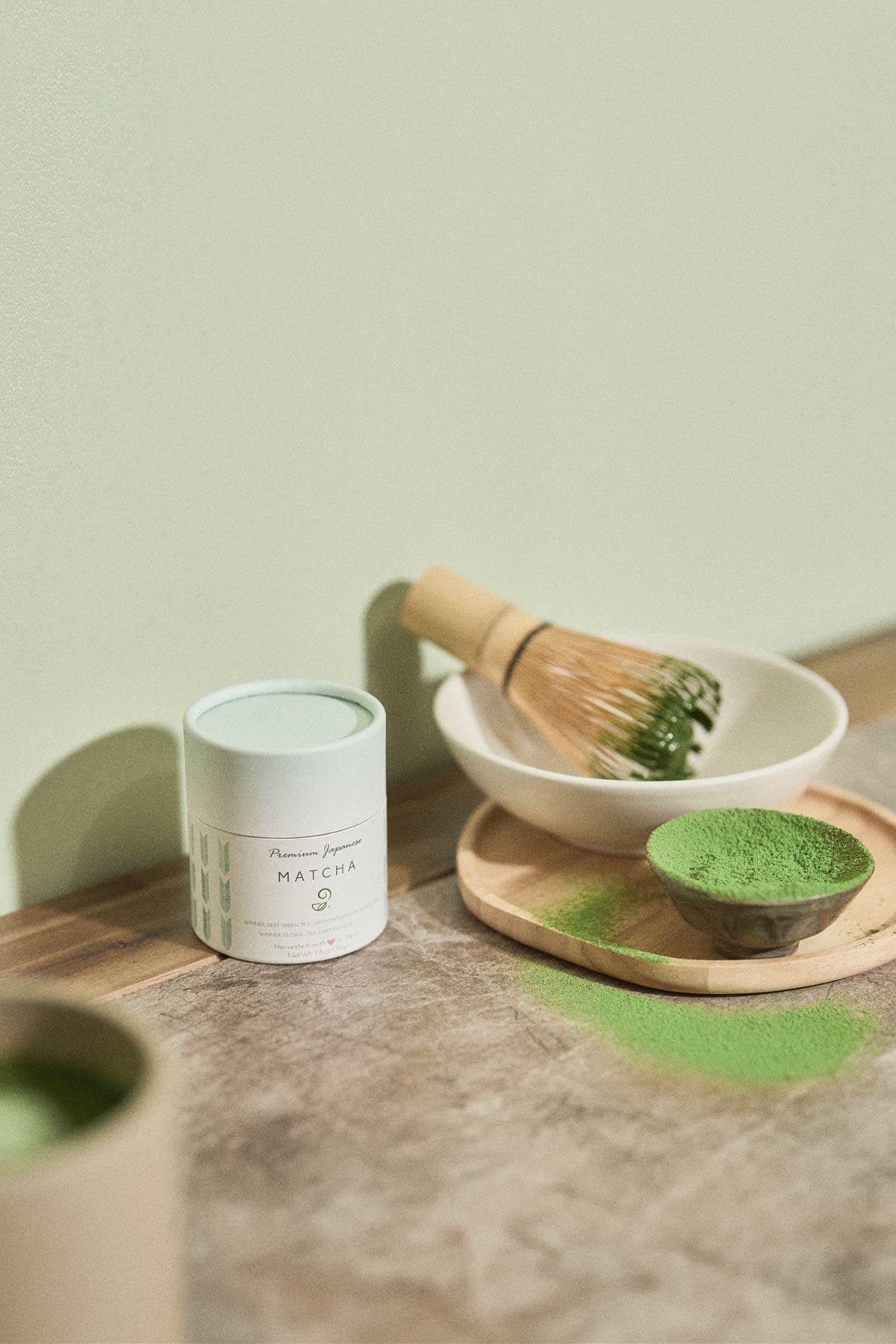
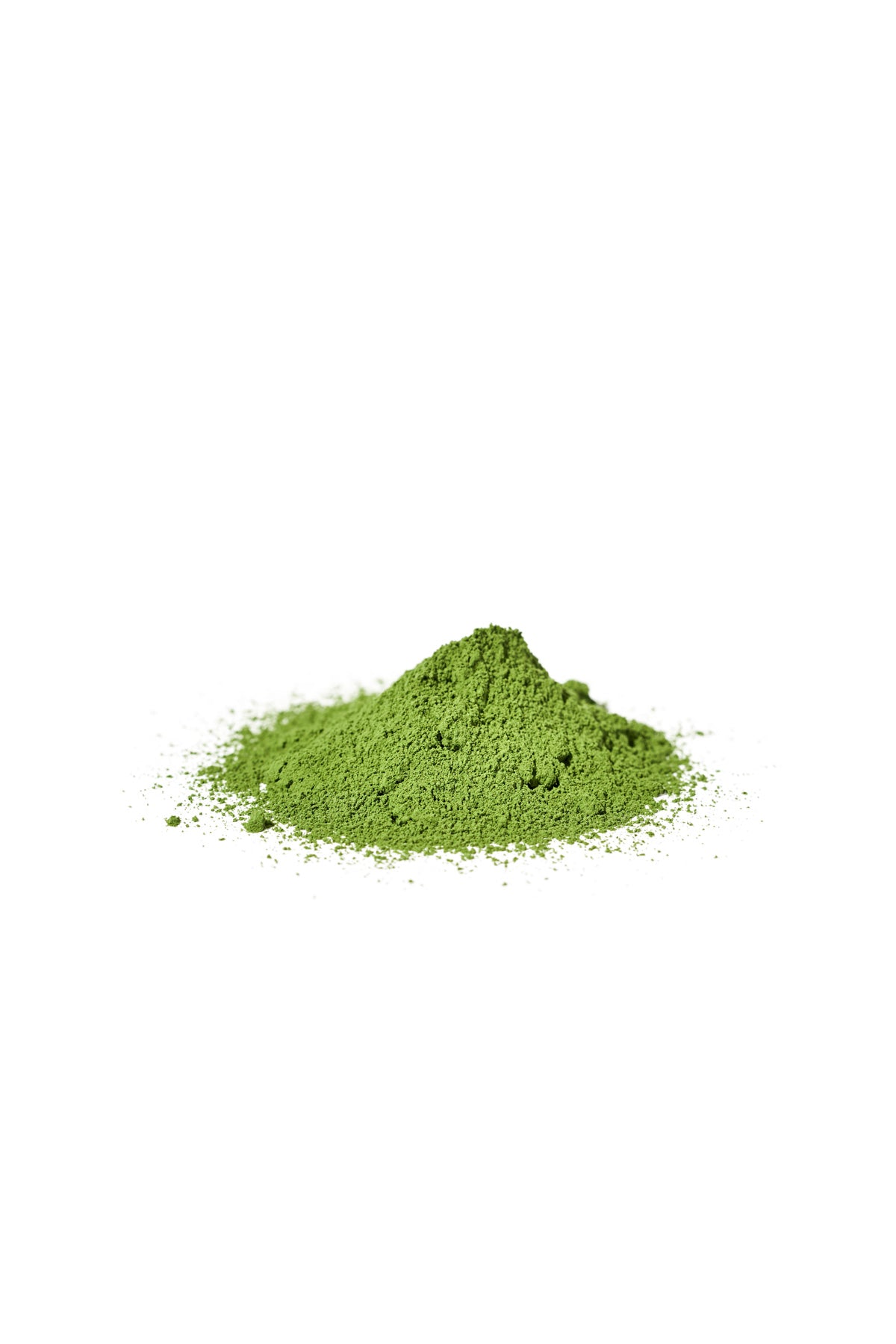
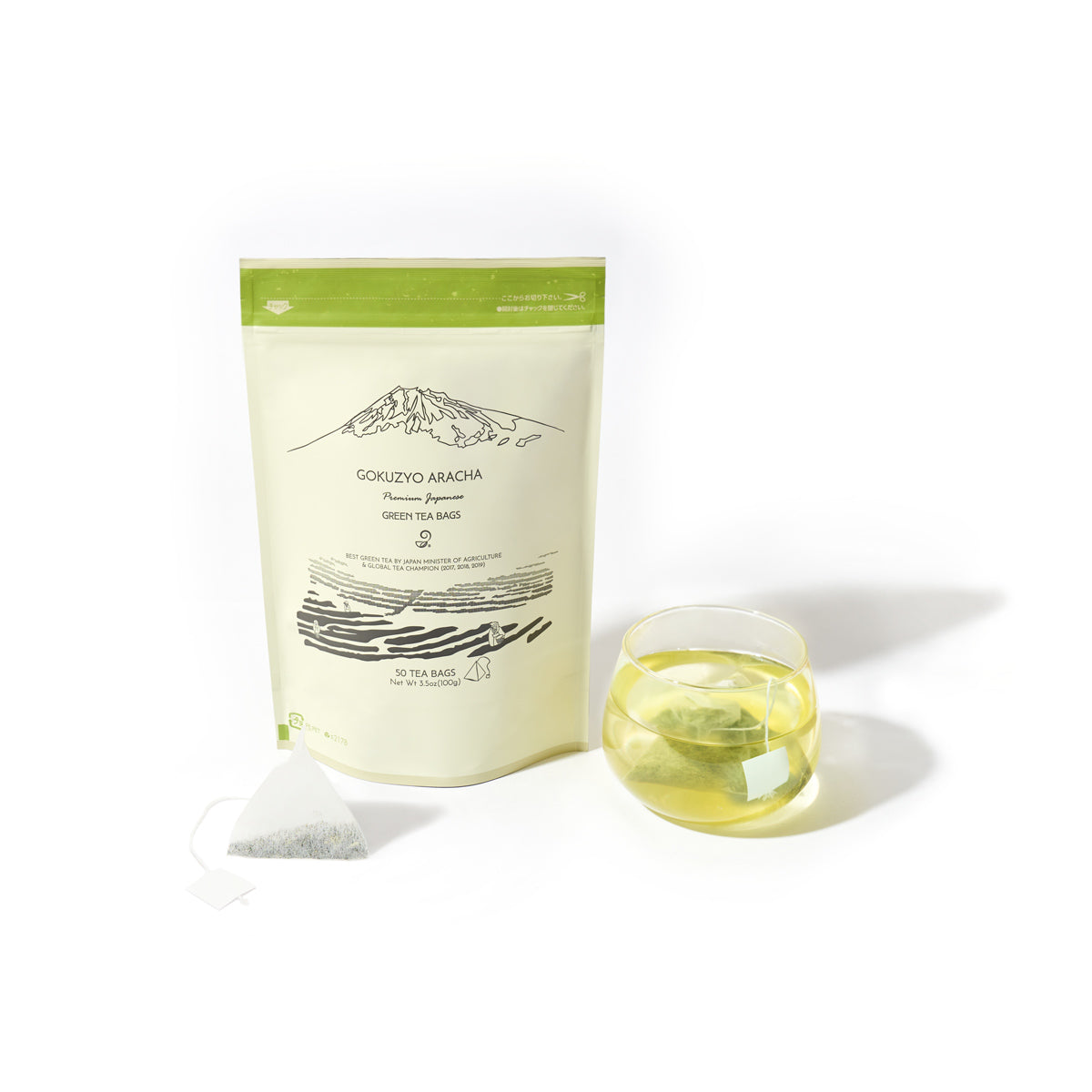
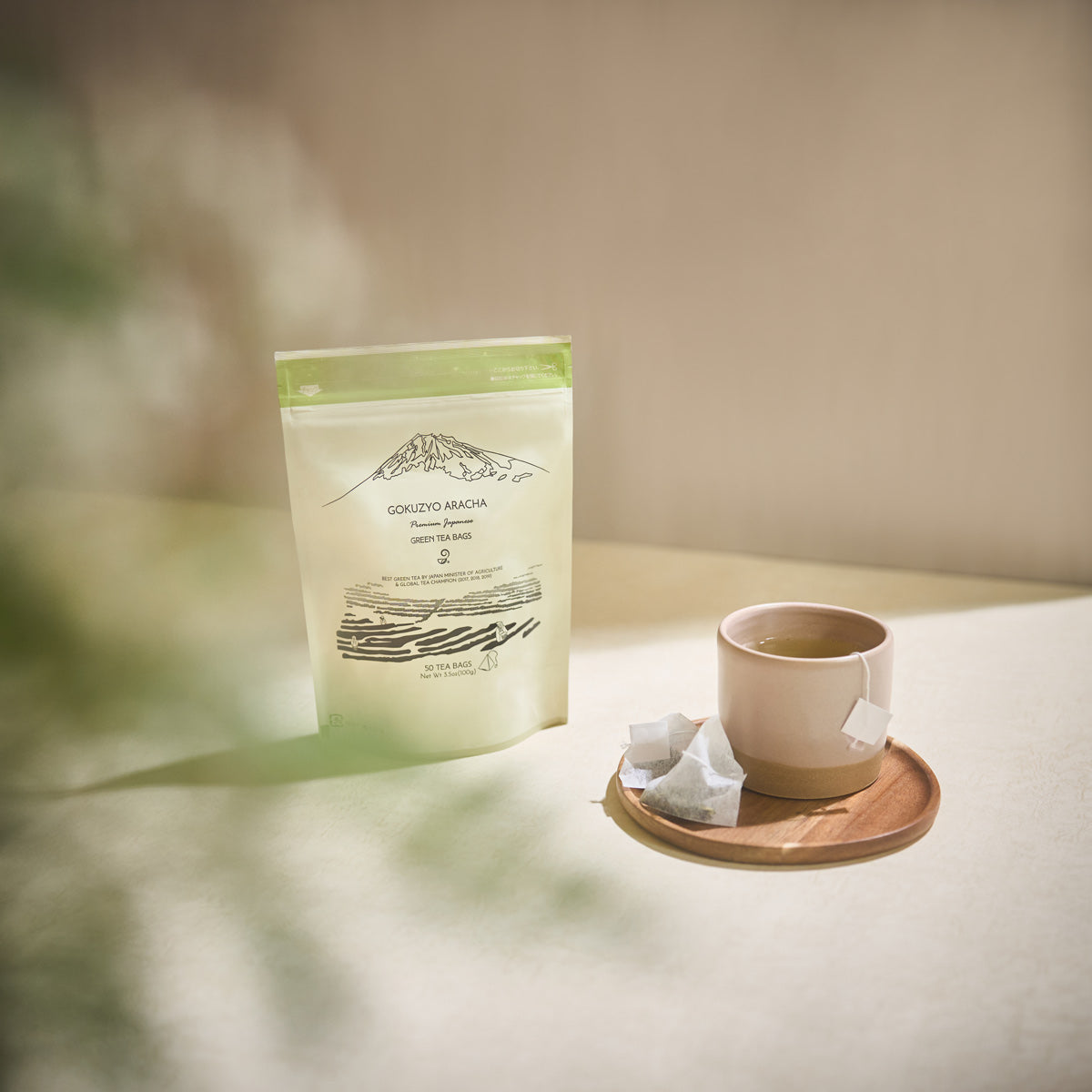
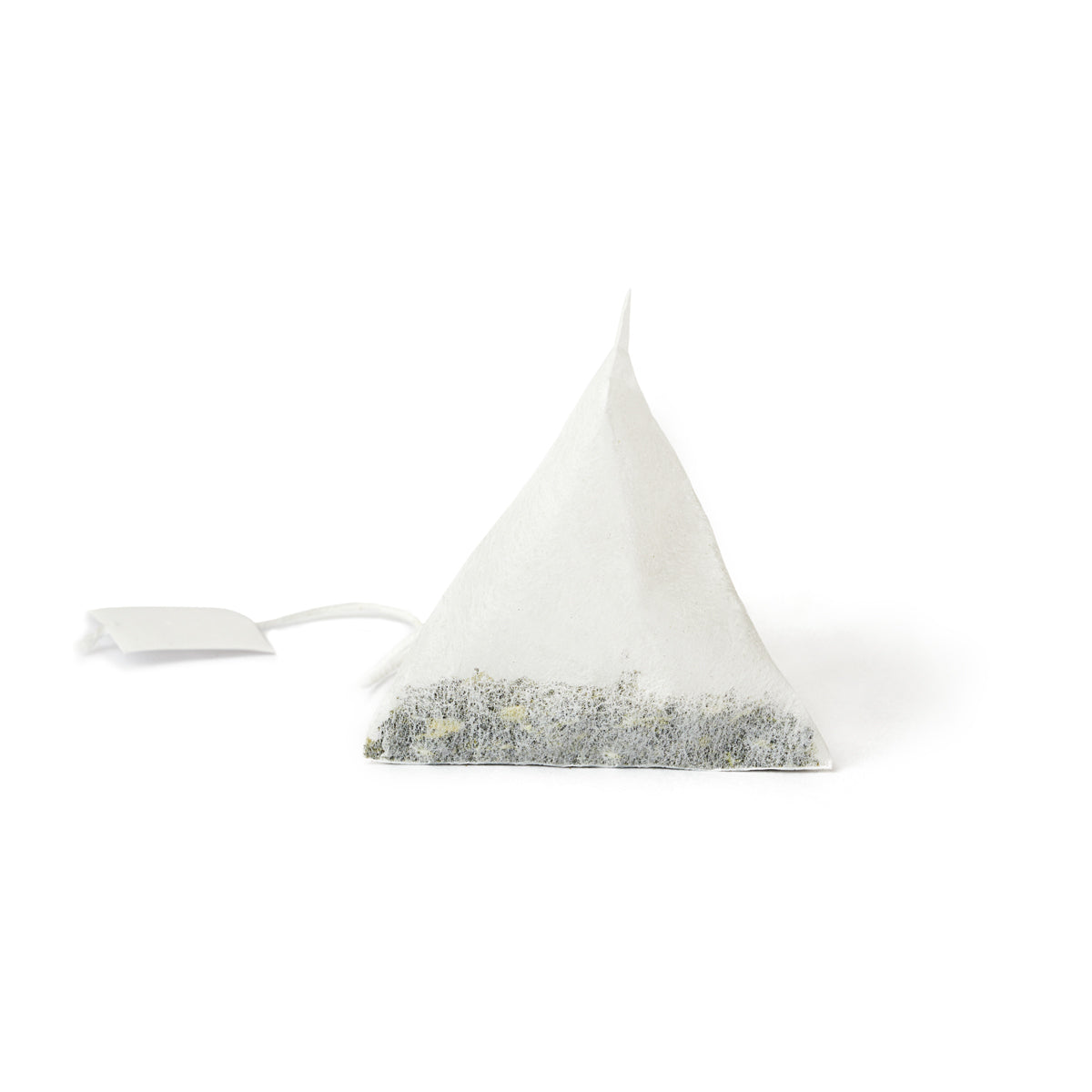
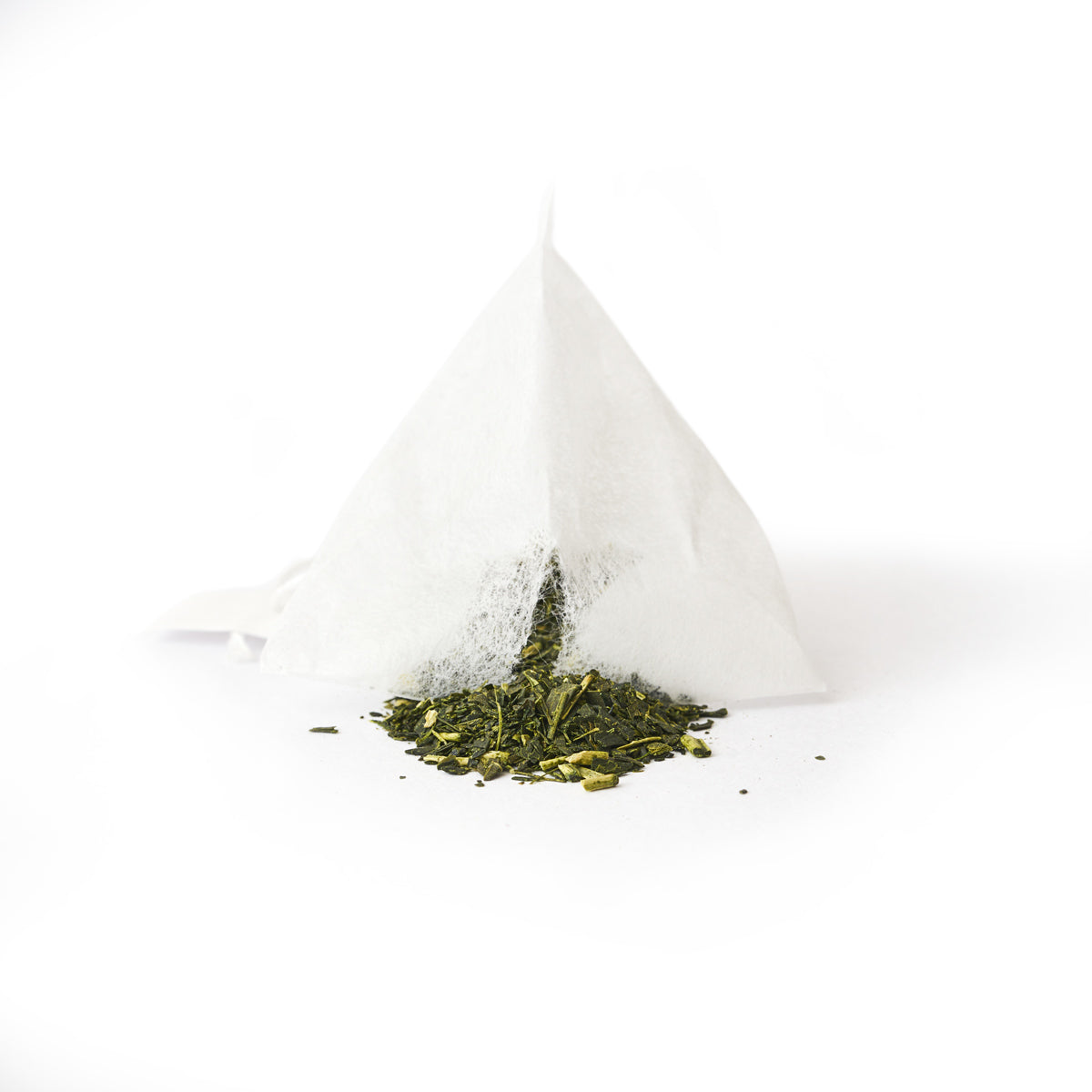
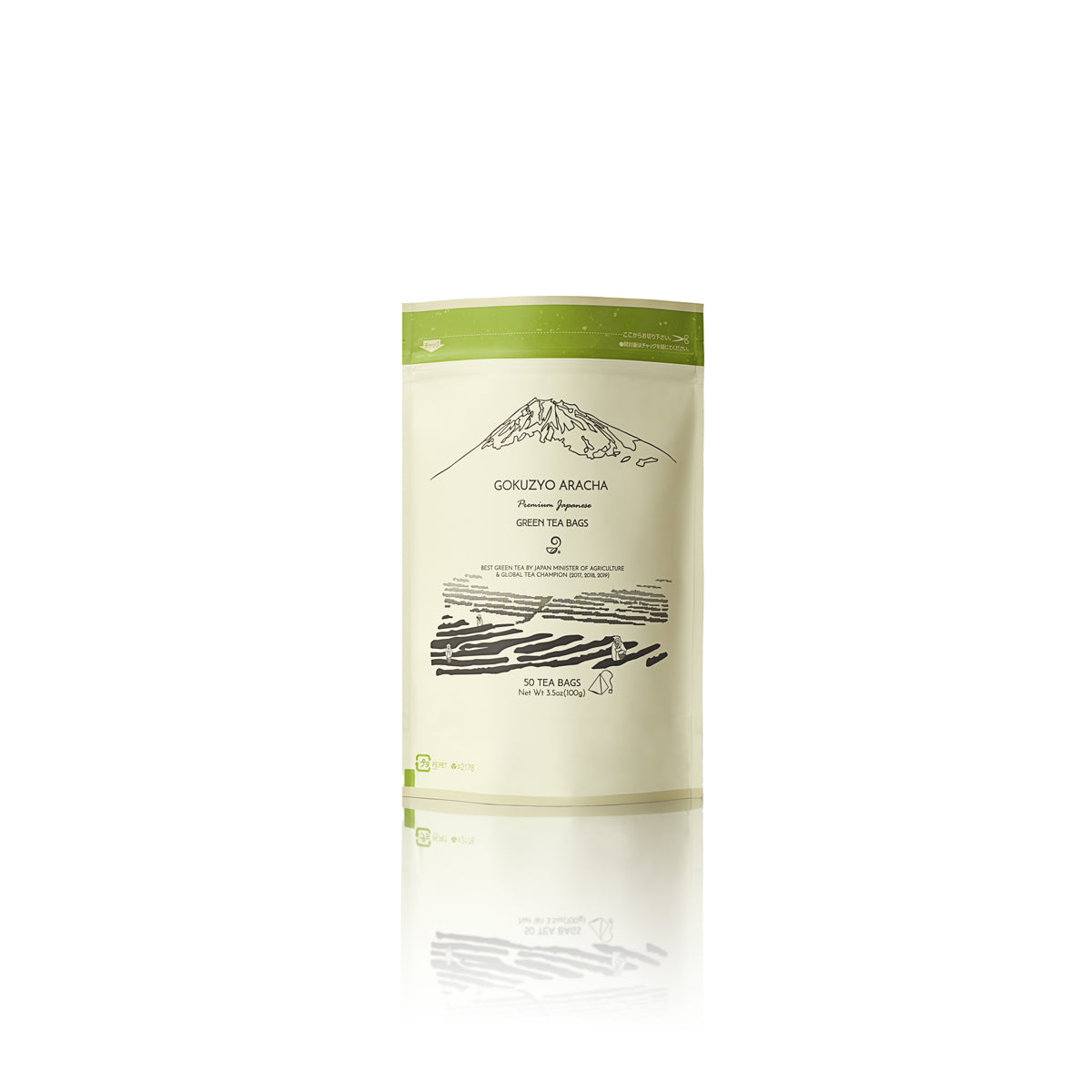







Thank you, Kayo, for your question. Yes, you can sign up for Green Tea Club here to enter into the giveaway. We give away the full package (not a sample) if you win: https://www.japanesegreenteain.com/news/
If you are interested in samples, you can get them as well. Please see: https://www.japanesegreenteain.com/pages/faq-japanesegreentea-in-frequently-asked-questions#tea1
The article contains so many outstanding information in my personal opinion.
I am wondering what does Monthly giveaways mean at Green Tea club.
Does it give us some trial teas?
In March, Japanese pampas grass is planted for the purpose of them being used for fertilizer in autumn and winter.
Wow! The process that goes into this tea is amazing. I cannot believe the system you guys use to sweeten the soil, in return sweetening the plant itself. Absolutely amazing. I am in awe. Delicious tea as well. I’ve only recently decided to try this brand out. I was referred by a friend, and I will not be drinking any other green teas. Yum to the max!
Thank you very much Sam for your compliment! :)